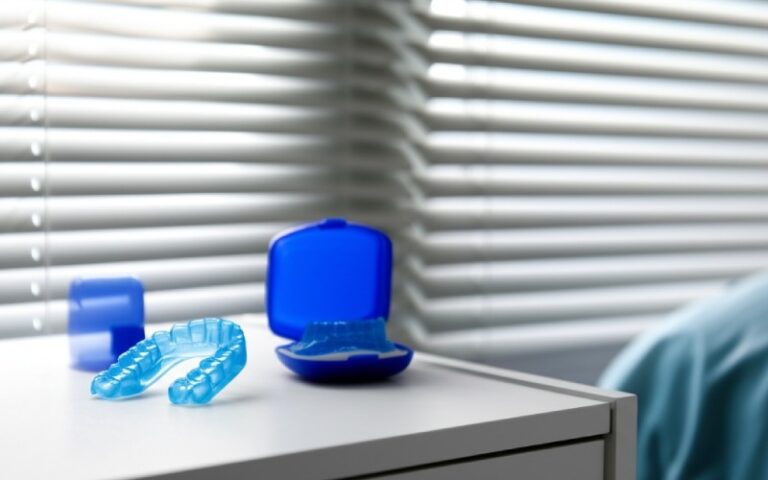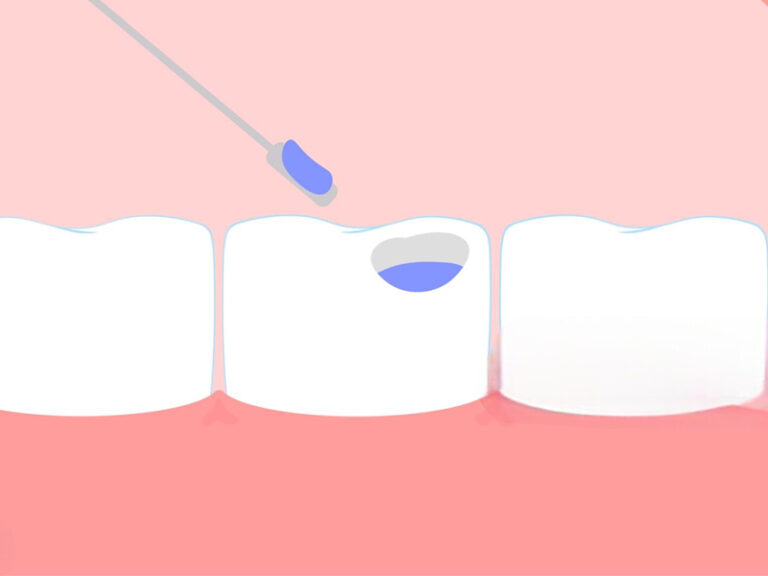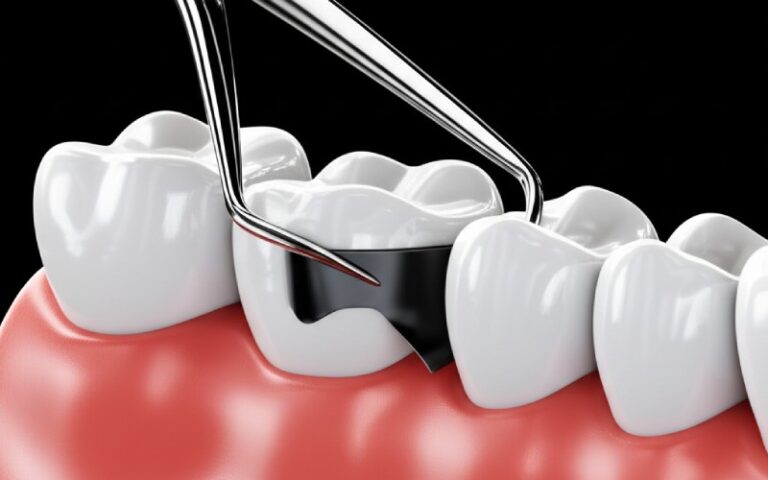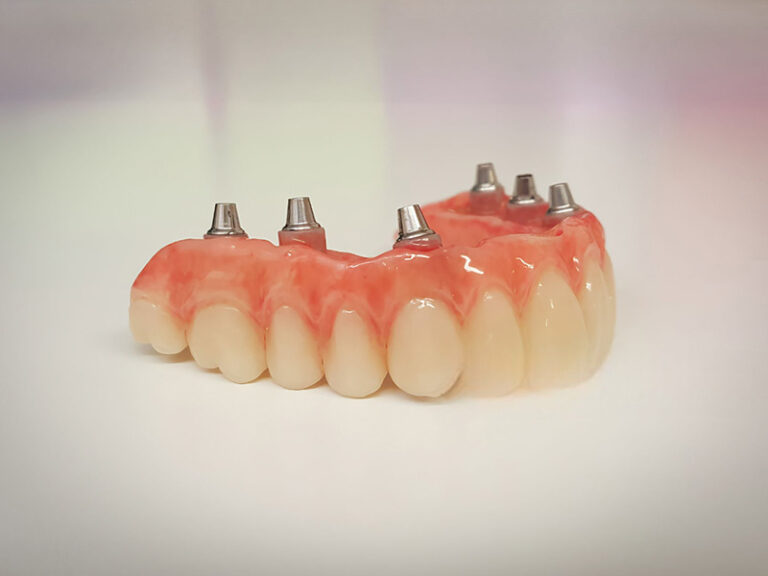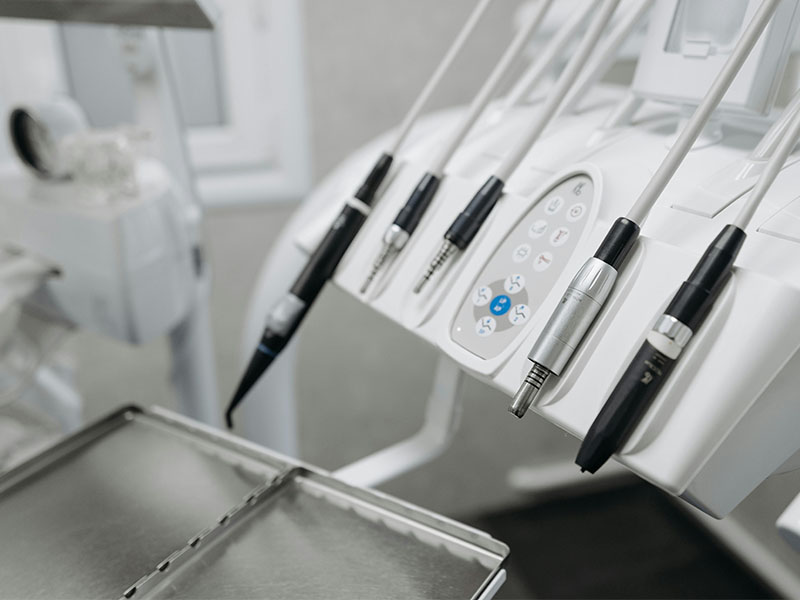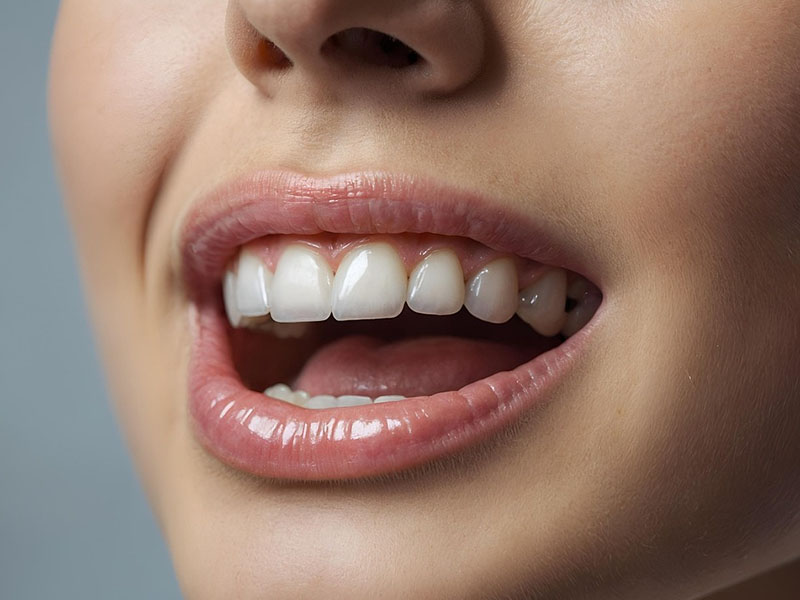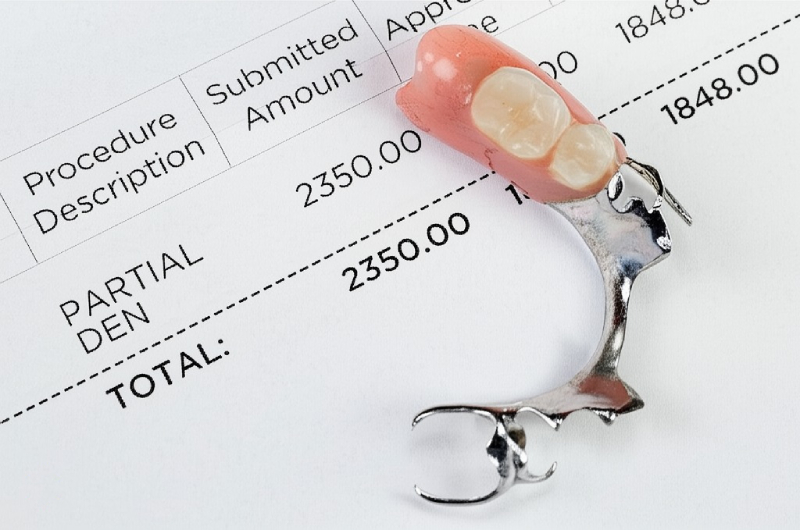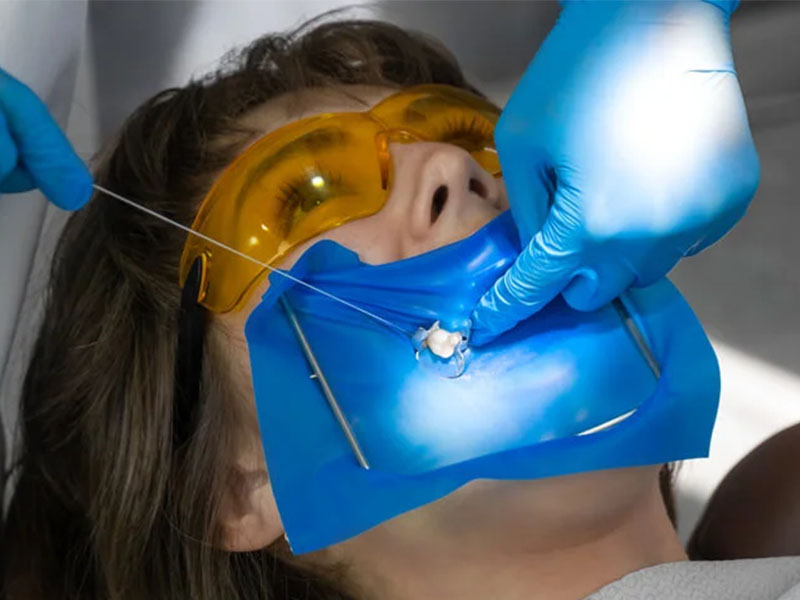
Rubber Barriers in Dental Isolation: What They Are and Why They Matter (A Friendly Guide)
Ever wondered how dentists keep your mouth dry during tough treatments, like getting a filling or a root canal? Maybe you’ve seen your dentist use those colorful sheets stretched across your mouth, along with some small metal tools, making it look easy. These barriers—called rubber dams—do more for your dental health than you might think. If you’re curious, you’re not alone. Lots of people ask:
“What are those rubber sheets dentists use? Do they really make a difference, or are they just another one of those weird dental gadgets?”
Great questions! If you’re nervous about treatment, want to stay healthy, or you’re just plain curious, learning about rubber dams (also called dental dams or rubber barriers) can make you feel more relaxed and confident next time you visit the dentist.
Table of Contents
1. What Is a Rubber Dam? Why Do Dentists Use It?
Let’s keep it simple. Imagine you’re getting your car fixed—the mechanic needs a clean, dry place to work, right? In dentistry, it’s the same idea. Only here, the “car” is your tooth.
So, What Is a Rubber Dam?
A rubber dam is a thin, stretchy sheet (usually made of latex or a latex-free material, like nitrile or silicone) that’s carefully put around one or more teeth. It blocks out spit, germs, and moisture from the tooth the dentist is fixing. It’s held in place by small, gentle metal clips and a frame.
A Little History (Why Dentists Like It)
Dentists started using rubber dams in 1864, after Dr. Sanford Christie Barnum invented the first one. More than 150 years later, they’re still around. Why? Because they keep your mouth clean and your teeth safe—nothing beats that.
Why Go Through All That Bother?
- Keeps Your Tooth Dry: Spit is great when you eat and talk, but when the dentist is repairing a tooth, it’s trouble. Rubber dams keep everything dry, which is super important for fillings or root canals.
- Keeps You Safe: It stops little bits of old filling, germs, or chemicals from going down your throat.
- Stops Infection: Less spit means fewer germs, lowering your chances of problems during and after.
- Makes It Easier for Your Dentist: With a good barrier, your dentist can see better and won’t have to fight against your tongue or saliva.
2. The Important Bits: Materials, Thickness, and Color
Let’s break this down. Not all rubber dams are the same, and your dentist picks each part for good reason—like a cook picking out just the right knife.
Material: Latex or Not?
- Latex Dams: These stretch well and don’t tear easily. They’re the “classic” choice—strong, bendy, and trusted. But (important!) some people are allergic.
- Non-Latex Dams (Nitrile, Silicone): These look and feel almost the same, but are made for folks with latex allergies. They don’t stretch quite as much, but they do the job.
If you or your child has allergies, just tell your dental team—they have safe options.
Thickness—Why Bother?
Rubber dams come in different thicknesses, and each does something different:
- Thin: Easy to slide between tight teeth, but can rip more easily.
- Medium: The “go-to” choice. Strong, but still flexible.
- Heavy/Extra-Heavy: Like a raincoat, heavy dams are used for tough cases or teeth close to the gums, or when strong cleaning stuff is needed.
Color—Why Bother With That?
Dark green, blue, black, bright—why make them colorful? It’s really about contrast. Darker colors make it way easier for your dentist to spot your teeth, which helps things go smoothly and safely.
3. The Tools: What Does Your Dentist Use?
Setting up a rubber dam might look like a magic show, but your dentist uses some simple yet clever tools.
- Rubber Dam Sheet: This is the main barrier, like an “umbrella” over the tooth.
- Rubber Dam Frame: Like a tent frame, this holds the sheet so it doesn’t sag in your mouth.
- Rubber Dam Punch: Makes tiny holes that match the teeth being worked on.
- Rubber Dam Clamps or Holders: These gently grab the tooth to hold the dam steady.
- Rubber Dam Pliers: Help put on and take off the clamps easily.
- Other Helpers: Bits of floss to help slide the dam between teeth, a napkin for comfort, and some slippery stuff to slide things into place.
Sounds like a lot, but most of the time you barely notice it’s there.
4. When and Why Rubber Dams Are Important in Dental Work
Now let’s answer the big one: Why even use a rubber dam? Well, decades of experience show rubber dams make important dental work safer, healthier, and work better.
A. Root Canal Treatments
- The Standard: Root canals are tricky. Even one tiny drop of spit can bring germs that could ruin the treatment. Rubber dams keep almost all germs away from the tooth, so your chances of a successful treatment are much better.
- Keeps Chemicals Out of Your Mouth: Dentists use strong cleaners during root canals. The dam makes sure none of that gets in your mouth or throat.
B. Fillings & Tooth Repairs
- Staying Dry Is Key: For white (composite) fillings, moisture is the enemy. Even a little spit can make the filling stick less, which means it might not last. Rubber dams create the perfect “dry spot.”
- Protects Your Mouth: Stops little pieces or sharp bits of old filling from falling into your mouth or being swallowed.
C. Crowns and Bigger Repairs
When the dentist glues something like a crown on your tooth, a dam makes sure nothing gets between the glue and your tooth, so it lasts longer.
D. Tooth Whitening and Sealants
- Safe Whitening: For bleaching, rubber dams keep strong chemicals from touching your gums.
- Kids’ Dentistry: For deep cavities or special work on kids, dams keep their mouths cleaner and safer.
E. Stopping Germs
Especially now, with COVID-19 and all, keeping germs away is important. Rubber dams cut down splashes and germs in the air by over 99% near the tooth being treated, keeping you and your dentist safe.

5. What’s It Like? How a Rubber Dam Is Put On
Never had a rubber dam and feeling unsure? Here’s what happens, step by step—no surprises.
Step 1: Getting Ready
- The dentist checks the tooth, chooses the right dam and clamp, and makes some small holes in the sheet.
Step 2: Putting the Clamp On
- A soft clamp is set on the tooth. You should only feel some pressure, not pain.
Step 3: Sliding the Dam Over
- With the frame, the dentist stretches the dam around the tooth and clamp. Sometimes a bit of floss or string helps tuck it in tight.
Step 4: Checking Comfort
- The dam is tucked around the tooth edges for a tight fit. The dentist will check that you’re comfy.
Step 5: The Dental Work Starts
- Your tongue and cheeks are out of the way. You don’t taste or feel any bits of filling, water, or chemicals.
Step 6: Taking Off the Dam
- The dentist snips and removes the dam, checks that nothing’s stuck between your teeth, and you’re done!
Will It Hurt or Feel Weird?
Most folks say it just feels odd at first—kind of like wearing a raincoat on your tooth. You can still breathe from your nose and swallow. If you’re not comfortable, just speak up—they want you to feel okay.
6. Problems With Rubber Dams—And How Dentists Fix Them
Even dentists run into little problems. Here’s what could happen, and how your dentist handles it.
A. The Dam Tears or Leaks
- What Happens: The sheet snags or doesn’t fit snug, so water or spit sneaks in.
- What Dentists Do: They pick the right thickness, use some slippery stuff, and check the fit. If it rips, they just put on a new one. No big deal.
B. Clamp is Wobbly
- What Happens: The clamp moves or pinches.
- What Dentists Do: There are lots of clamps for different teeth. If it’s wobbly or pinchy, they’ll fix or change it for you.
C. Patient Feels Nervous or Uncomfortable
- What Happens: Some people just don’t like stuff in their mouth.
- What Dentists Do: They’ll talk to you about what’s going on, work gently, and sometimes use a napkin under the dam for comfort. If you need a pause, just speak up.
D. Tricky Teeth (Half-Grown, Crooked, or Sensitive Teeth)
- What Happens: Some teeth are hard to work with.
- What Dentists Do: They have special clamps, can split the dam, or can use a “liquid dam” that’s painted on.
7. Who Really Needs One? Is It Used Every Time?
Rubber dams are great, but they aren’t needed for every single patient or every single dental job.
Who Gets the Most Out of a Rubber Dam?
- Anyone getting a root canal.
- People getting white fillings, especially on back teeth.
- People with a strong gag reflex—sometimes the dam helps keep water and bits from the throat.
When Might Your Dentist Not Use a Dam?
- For very fast, simple fixes, or in emergencies.
- People who can’t breathe well through their nose (bad stuffiness, etc.).
- People with bad claustrophobia or big worries, even after reassurance and tweaks.
Still, big dental groups (like the American Dental Association and the American Association of Endodontists) say rubber dams are best for most repairs or root canals, since benefits beat any small annoyances.
Are Rubber Dams for Kids, Too?
Yes—dentists use smaller sheets and gentler clamps for kids’ teeth.
8. Takeaway for a Healthy Smile
Let’s finish with some simple, useful advice you can use next time you see your dentist.
The Short Version:
- Rubber dams are thin, stretchy sheets put over teeth during dental work to keep things clean and dry.
- They stop you from swallowing or breathing in little bits and make dental fixes last longer.
- They come in all sorts of sizes and types—your dentist chooses what works, even if you have allergies.
- They might feel a bit strange at first but shouldn’t hurt. If they do, tell your dentist—they want to fix it for you.
- Rubber dams are a simple way to keep things safe and make sure jobs like fillings and root canals work out.
- Worried or curious about rubber dams? Just ask your dentist. They’re happy to explain how things work.
Easy Steps for a Better Dental Visit
- Tell your dentist about any allergies or worries.
- Ask about the dam—it’s your right as a patient.
- Remember: A good rubber dam can mean quicker, safer, and more comfy care.
Feeling Better About Your Next Visit?
Knowing a bit more gives you more confidence at the dentist. Next time you see that funny little sheet, you’ll know it’s not just a bit of rubber—it’s a shield to help you smile brighter.
Got questions? Talk to your dentist or hygienist—they’re there to help, not just fix your teeth!
FAQ: Rubber Dams
Q: Can I breathe and swallow with a rubber dam?
A: Yes! You can breathe and swallow like normal. The dam only covers your teeth, not your throat.
Q: What if I have a latex allergy?
A: Always tell your dentist! They have non-latex rubber dams (nitrile or silicone) that work just as well.
Q: Does it hurt to put a rubber dam on?
A: Most people feel some pressure but not pain. If you’re worried, tell the dentist—they’ll be gentle and can numb things if needed.
Q: Why aren’t rubber dams used for every dental job?
A: Not every treatment needs a dam, or sometimes the patient has trouble with it. But for root canals and many fillings, they’re really the best way.
Q: Are rubber dams safe for kids?
A: Yes. Dentists have smaller dams and clamps just for kids.
Where to Learn More
- American Dental Association (ADA) – Rubber Dam Use
- Centers for Disease Control and Prevention – Dental Infection Control
- American Association of Endodontists – Rubber Dam Standard of Care
Reviewed by a licensed dentist.
Want more tips for a brighter smile or have other questions? Reach out to your local dental office. Taking care of your teeth is always worth it!

